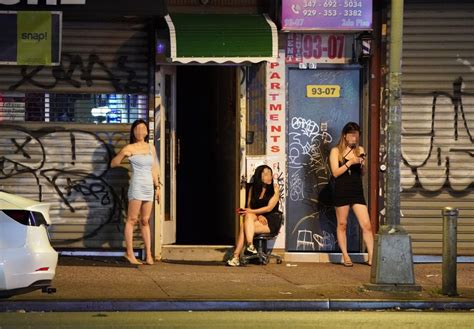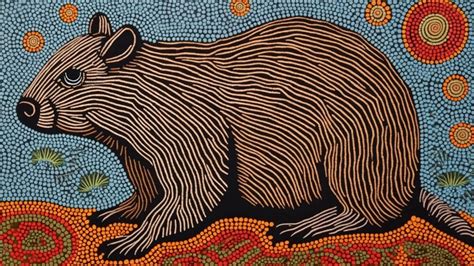Prostitutes Kumo

Komi-san wa Comyushou desu has new videos available, including episode 305. The controversial film Gummo contains a disturbing scene involving prostitution that viewers often discuss. Comments on such content can be divisive, with some finding it deeply unsettling while others analyze its artistic intent. Many note that Gummo remains one of the most viscerally challenging films ever made due to its raw depiction of marginalized lives. Recent news reports that two individuals will be sentenced in a human trafficking case connected to Belleville. This highlights the ongoing issue of exploitation within illicit industries. In certain environments, individuals may appear indistinguishable from ordinary civilians at first glance. They operate within red-light districts and brothels, often blending into their surroundings.
Folklore Origins and Terminology

The term “jorōgumo” isn’t derived from pop culture but originates from Japanese folklore. Its name translates literally to “prostitute spider,” reflecting legends of supernatural spider entities. “Kumo” also means “cloud” in Japanese, unrelated to these myths but sometimes causing linguistic confusion. Jorōgumo, translated as “entangling bride” or sometimes “whore spider,” appears in tales as a shapeshifting yōkai. Stories describe spiders in Japan possessing supernatural abilities to ensnare humans. These entities often manifest as beautiful women to lure victims, earning names tied to seduction and danger. The Spider Princess narrative exists in various media, including the comic platform nHentai. Released content like this adapts folklore into adult-oriented stories, reflecting enduring cultural fascination with such beings.
Cultural Depictions and Real-World Parallels

Search results for “kumo乃” yield varied content, including escort advertisements in Kumo, Gombe, Nigeria. These listings feature profiles of women and trans escorts offering companionship or adult services. Agencies advertise travel companions, strippers, and other forms of adult entertainment within the region. Within folklore, Jorōgumo is sometimes portrayed as a courtesan or spy, as seen in stories involving Ishii O-Ren. Historical contexts reveal symbolism; Edo-period prostitutes used spiderweb patterns as charms symbolizing customer loyalty. Modern escort services in Kumo, Gombe, advertise widely, offering incall or outcall arrangements. Real-world issues persist, as seen in Gombe where arrests occur over alleged same-sex relations, highlighting ongoing social tensions.
Intersecting Narratives and Modern Context

Linguistically, “jorōgumo” combines “jorō” (prostitute) and “kumo” (spider), with “kumo” changing to “gumo” due to rendaku phonetic shifting. This yōkai represents a fusion of seduction and danger within folklore. Real-life narratives, like Meg Muñoz’s advocacy as a former sex worker and trafficking survivor, bring human perspective to systemic issues. Historical documents preserve records of red-light districts like Nagasaki’s Izumo Machi. Contemporary discussions include Spain’s reconsideration of prostitution laws. Films like “Hookers on Davie” document the lives of sex workers in Vancouver, emphasizing their humanity. Folklore adaptations continue in media, such as the series “Kumo no Service-ten | Monster’s Service Shop,” which reimagines mythical service encounters.
*TAGS* – Jorōgumo yōkai legends, Kumo Gombe escorts, Edo-period prostitution symbols